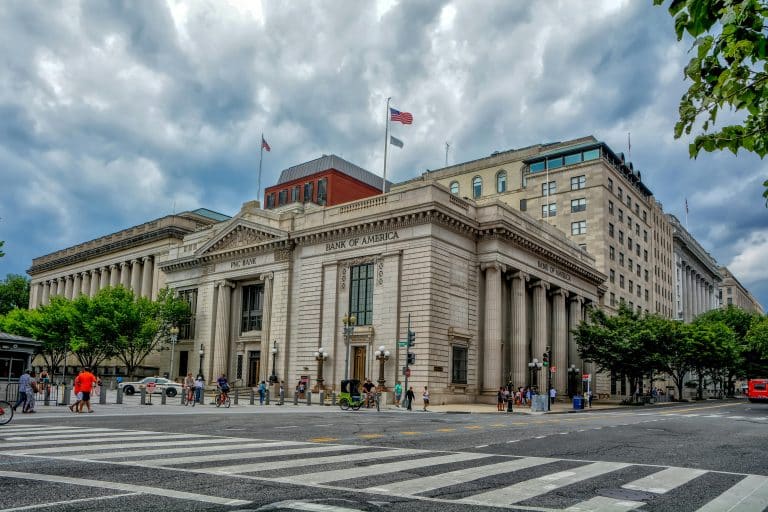Bank of America provides customers with options for bank accounts and other financial services. Customers entrust the bank with their money. While the bank is responsible for holding the customers’ funds, customers also have a responsibility. Customers must engage with their bank accounts to ensure that their accounts stay open.
If customers are away from their accounts for too long, the bank accounts may be closed, and customers may lose access to their funds. Accounts that customers no longer interact with can be considered inactive after a certain point (generally at least three years). At this point, the accounts can be closed in compliance with escheatment laws.
What Bank of America May Do With Some Accounts
Bank of America customers may not be aware that, in some cases, this bank many people rely upon, may close some clients’ accounts. Once the bank closes these bank accounts, the account owners can no longer have access to the money stored therein. The money is transferred to state organizations to follow specific state laws. While this sounds worrisome, this policy does not affect everyone. If you regularly use your Bank of America account, your bank account will likely stay open.
These bank accounts could be closed following the state’s escheatment laws. Escheatment laws in different states can differ. In general, state escheatment laws require banks to turn over to designated state agencies funds deemed abandoned. These agencies are then placed in charge of these funds.
Who Could Be Affected by Bank of America’s Account Closures
If you have not used your Bank of America account in a very long time, your account could be primed for possible removal. Therefore, this type of bank account closure should not affect active account users at Bank of America. Generally, accounts that have not been interacted with in three years or beyond could be deemed inactive. Once an account has been identified as possibly inactive, the owner of the bank account could receive a letter. The letter would direct the account owner to contact the bank to ensure the ability to access the money in the account.
Contacting the bank after receiving such a letter could help the owner avoid having the account’s contents handed over to designated state entities in compliance with a particular state’s escheatment laws. It is worth noting that this escheatment law compliance procedure applies not only to checking accounts and savings accounts. Bank offerings potentially subject to this procedure could include stocks, Certificates of Deposit (or CDs), and IRAs (Individual Retirement Accounts). Keeping in touch with the bank according to specified instructions could help notify bank customers to retain access to their funds.
Possible Steps for Bank of America Customers
According to the People website, an official comment was made on Bank of America’s policy about inactive account closures on March 28, 2025. A designated representative for Bank of America stated that there had recently been “no announcement, no warning, no changes at Bank of America.” The statement continued that all banks must “follow state laws on what to do with abandoned accounts.”
Concerned Bank of America account holders seeking information about their accounts and the bank’s protocols can consult the Bank of America website. The site contains updated news on subjects of interest to Bank of America customers. The bank’s policy information on the site may vary depending on location. The site also has contact information about how to reach customer representatives who can help facilitate acceptable customer scenarios.
Generally, the bank advises customers concerned about keeping their accounts open to interact with their accounts from time to time to ensure the accounts stay active. They can do this by going online to log into their bank accounts. Customers can also engage with their bank accounts by using their debit cards.








